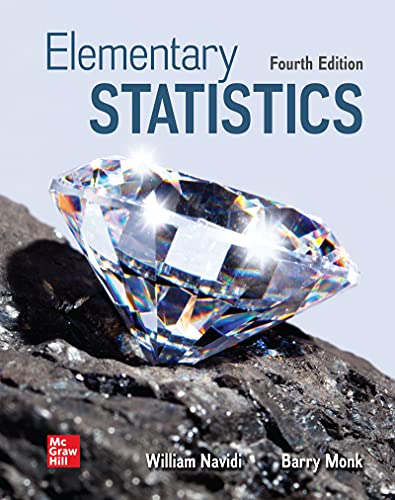The following table presents the records for every day in June. The data show that it is
Question:
The following table presents the records for every day in June. The data show that it is common for records to be set on two or more consecutive days in the same year. This is due to hot spells and cold spells in the weather.
For example, five consecutive record highs, from June 2 through June 6, occurred in 1925. Explain why using data for every day may violate the assumption, used in Exercise 1, that the data are a simple random sample.
Fantastic news! We've Found the answer you've been seeking!
Step by Step Answer:
Related Book For 

Question Posted:





